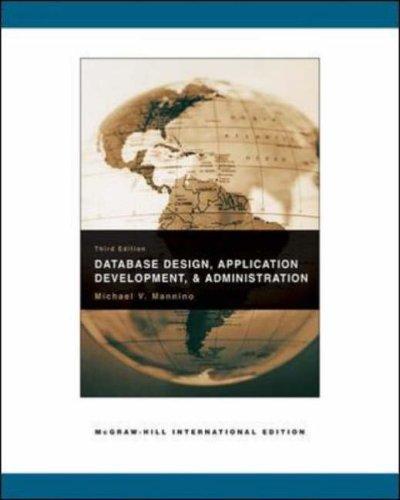Answered step by step
Verified Expert Solution
Question
1 Approved Answer
4) SUBJECT 4 (30%) Suppose the following topology. A B Cn Ci C1 where Ci is a client, A is a server and B

4) SUBJECT 4 (30%) Suppose the following topology. A B Cn Ci C1 where Ci is a client, A is a server and B is a local proxy. Consider again your 5 decimal numbers transformed 5 letters student exam ID above specified. Let's SUM=sum of these five decimal numbers. Consider a web page is requested from A by any C; consisting of text content 8*SUM Kbytes, audio content of 5*SUM Mbytes, video content of 1200*SUM Mbytes and 30 images of 7*SUM Mbytes each. Assume bandwidth SUM/2 Mbps in link AB and SUM/3 Mbps in every link BC. The distance between client Ci and B is SUM/5*100Km and SUM/3*10Km between A and B, while the propagation speed over these links is 2.8*108 meters/sec. Information is divided in packets with Packet size equal to SUM*100 bits and ACK size equal to 128 bits. The processing and queuing delay together is SUM usec for each packet transmitted in both sides at A, B and any Ci. Initial handshaking needed is as usually 2*RTT. The retransmission protocol is ABP stop and wait. Under these assumptions calculate the expected time needed to fully retrieve this web page for one client only, in case any client- server link ABC; is without errors for 1) Non-Persistent HTTP and 2) Persistent HTTP. Repeat the computations when there are 100 such clients Ci generating 10 such web page requests per min, assuming persistent HTTP and 30% successful hits in the web cache B regarding any object requested. EU-FRM-010-002-EN Pub. Date: 19/11/2019 Upd: 02
Step by Step Solution
There are 3 Steps involved in it
Step: 1

Get Instant Access to Expert-Tailored Solutions
See step-by-step solutions with expert insights and AI powered tools for academic success
Step: 2

Step: 3

Ace Your Homework with AI
Get the answers you need in no time with our AI-driven, step-by-step assistance
Get Started


